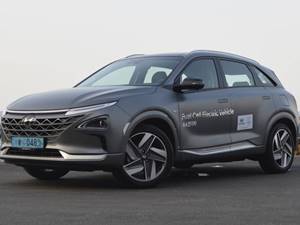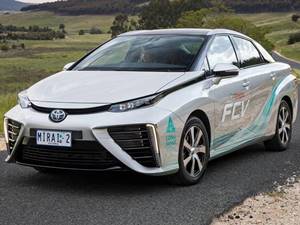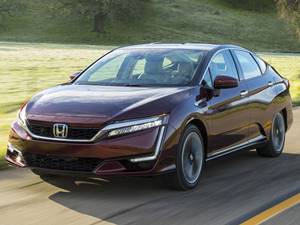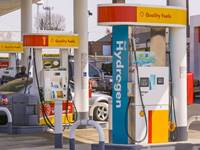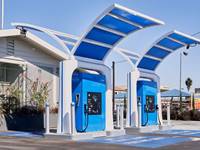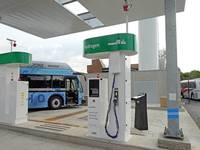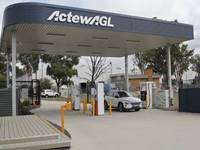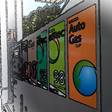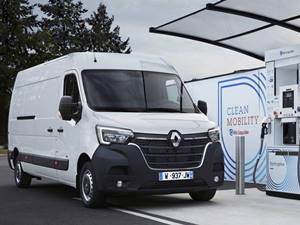What is green Hydrogen and how is it produced

Like fully electric vehicles, fuel cell electric vehicles (FCEV) use electricity to power an electric motor. Unlike other electric vehicles, ELVs produce electricity using a hydrogen-powered fuel cell instead of extracting electricity from a single battery.
During the vehicle design process, the manufacturer defines the vehicle power by the size of the electric motor(s) that receives the electric energy from the fuel cell and the appropriate size battery combination. Although automobile manufacturers could design an ESCR with plug-in capability to charge the battery, most ESCRs today use the battery to recapture braking energy, providing extra power during short acceleration events, and to soften the power supplied from the fuel cell with the option of idling or switching off the fuel cell during low power requirements.
The amount of energy stored on board is determined by the size of the hydrogen fuel tank. This is different from a fully electric vehicle, where the amount of available energy is closely related to the size of the battery.

- Battery (auxiliary): In an electric traction vehicle, the auxiliary battery provides electricity to start the car before the traction battery is engaged and also powers the vehicle accessories.
- Battery pack: This battery stores the energy generated by regenerative braking and provides supplementary power for the electric traction motor.
- DC/DC Converter: This device converts the highest voltage DC power from the traction battery to the lowest voltage DC power required to run the vehicle's accessories and recharge the auxiliary battery.
- Electrical Traction Motor (ECEV): Using the energy of the fuel cell and the traction battery, this motor drives the wheels of the vehicle. Some vehicles use engine generators that perform both drive and regeneration functions.
- Fuel cells: A set of individual membrane electrodes that use hydrogen and oxygen to produce electricity.
- Fuel filling: A nozzle from a high pressure hydrogen distributor is connected to the vehicle receptacle to fill the tank.
- Fuel tank (hydrogen): Stores the hydrogen gas onboard the vehicle until needed for the fuel cell.
- Electronic Power Controller (ECEV): This unit manages the flow of electrical energy provided by the fuel cell and the traction battery, controlling the speed of the electric traction motor and the torque it produces.
- Thermal (cooling) system - (FCEV): This system maintains an adequate working temperature range of the fuel cell, electric motor, power electronics and other components.
- Transmission (electric): The transmission transfers mechanical energy from the electric drive motor to drive the wheels.


The capacity of hydrogen to manage renewable electrical energy, something that is not possible to do on a large scale today, would guarantee the security and reliability of the energy supply in a future in which renewables will acquire greater weight in the electricity generation mix. This increase will lead to large surpluses of electricity, and one of the most efficient ways of storing this energy will be through the production of green hydrogen. This process is called power to gas technology (a concept that refers to the transformation of electricity into gas, hydrogen in this case).

By 2030, hydrogen is expected to be capable of moving 10-15 million passenger cars and half a million trucks. Hydrogen fuel cell electric vehicles are an alternative to battery-operated electrics. They offer greater autonomy, faster recharging times and therefore allow recurrent use of the vehicle, something for which current batteries are more limited. In addition to road transport by light, last mile and heavy vehicles, hydrogen can also be used as a fuel for rail and maritime transport, both of which are sectors where electrification is not technically feasible at present.

